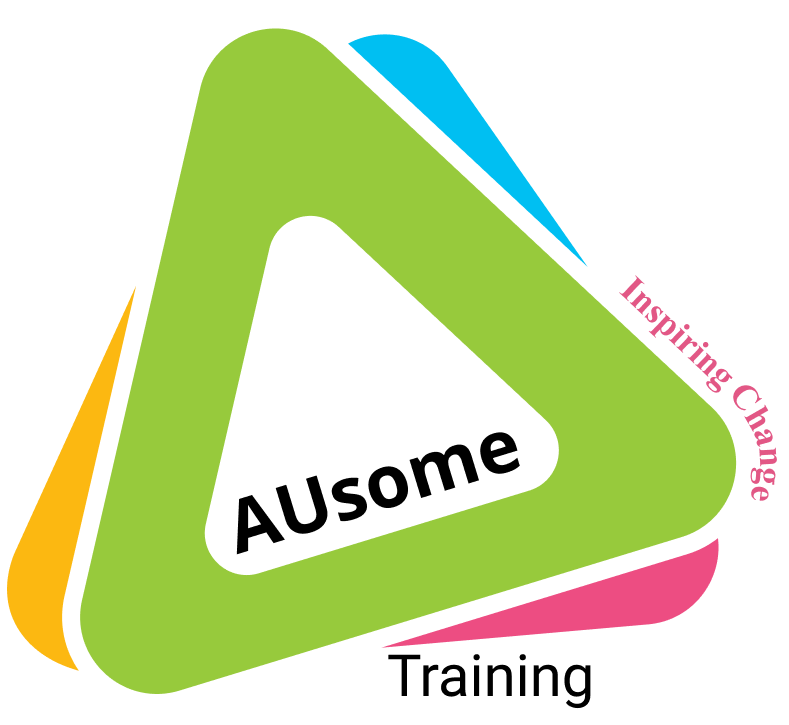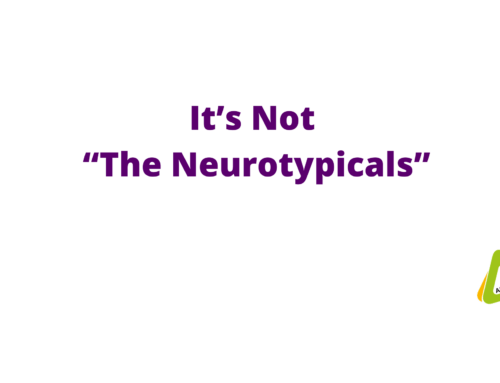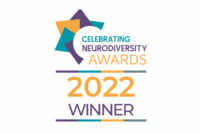There are numerous differences between Autistic and non-autistic communication. Autistic people communicate in slightly different ways to their non-autistic peers. It’s important to be aware of these differences when communicating with an Autistic child or adult. If you have Autistic co-workers or if you have an Autistic child in your care then it’s important to understand these differences.
When we have different languages, cultures and communication styles then there are opportunities for miscommunication to occur. It’s important to recognise when these happen.
I want to focus on mixed signals and body language. Autistic people are generally pretty direct in our communication. For example we will not send one message with our face and another one with our voice. Or we won’t send a message with our body language and another with our words. Whereas in non-autistic communication somebody can send two messages at once. An example of this is when someone says “yeah I’m fine” but their face sends a very different message than their words.
Receiving two conflicting messages can be confusing when that is not our natural way of communicating. How would you know which message or signal to follow? Imagine you are driving or walking along the road and you come to traffic lights. But there is a light you haven’t seen before. It is a green stop sign. You think to yourself “The words are telling me to stop but the colour is telling me to go”. Which message would you follow and how would you naturally know?

The ideas portrayed in the medical model is that Autistic people magically lack the knowhow on how to read “social cues”. The medical model declares that Autistic people have deficits in communication. But how would any human naturally know how to read social cues in a culture which is different from their own? Most of us would not know. We would experience the same confusion that Autistic people face when communicating with non-autistic peers. Remembering that Autistics are human will unlock any mysteries created by the medical model.
So back to the green stop sign. How would you know which message to follow unless a friendly person who recognised your distress came along and explained that in this place we follow what the colours signal and we ignore the words.
Autistic people do not need intensive social skills training. We do not have deficits in communication. We have difficulty communicating in non-autistic ways just in the same way that non-autistic people have difficulties in communicating with us. We need people to recognise our distress and confusion, to explain their way of communicating and to understand ours. Communication is a two way thing so we need to meet each other half way.
If you’d like to learn more about Autistic communication and “social skills” then our Get Konnected Neuro-affirming Social Skills Course for professionals offers tons of insight and practical strategies to enhance communication.



